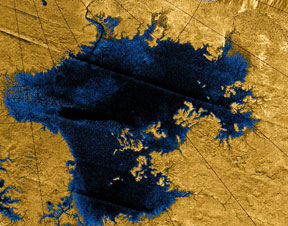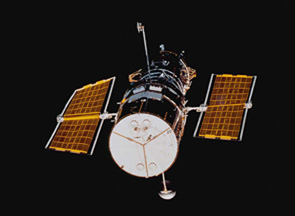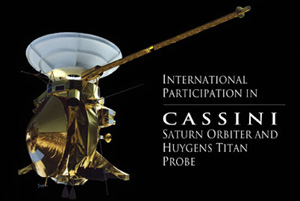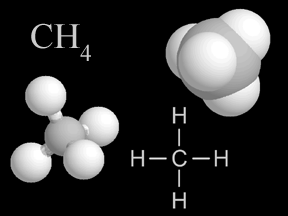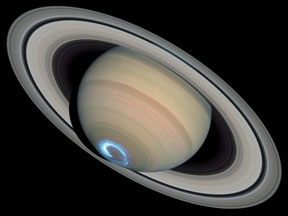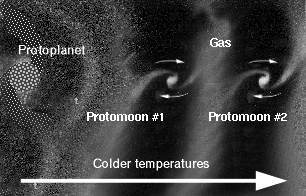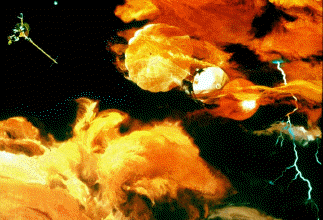Click on image for full size
Image courtesy of NASA/JPL/USGS.
The Poles of Titan
Titan is Saturn's largest moon, and the second largest moon in our Solar System. It is the only moon with a thick atmosphere. Titan's poles are interesting places. Scientists have discovered lakes at both poles, and even small seas near the North Pole. They have also spotted clouds, some of which are huge, at each of the moon's poles.
Astronomers have long hypothesized that there might be lakes or even oceans of liquid methane and/or ethane on Titan. Images from the Hubble Space Telescope in the 1990s and data from the Cassini spacecraft starting in 2004 confirmed these suspicions. So far, however, these lakes and seas have only been seen near Titan's poles. There are many lakes of various sizes, and even a couple of seas, near the North Pole. The region around the South Pole does not have any seas; and though fewer in number than in the North, it does have several lakes.
Titan is very cold; the surface temperature is around -179° C (-290° F). At those temperatures water ice is as hard as rock, and methane (natural gas, like the stuff that fuels many home furnaces) and ethane turn from gases into liquids. Titan's lakes and seas may contain ethane, methane, or both. They are the first stable bodies of surface liquid found beyond Earth.
The area around the North Pole is dotted with hundreds of small lakes. It also has some very large ones which astronomers are now calling seas. One (named Ligeia Mare) is about the size of North America's Lake Superior, the largest of the five Great Lakes. Another (dubbed Kraken Mare) may be even larger, about as big as the Caspian Sea - though it hasn't yet been completely mapped. One lake appears to be fed by a river that is over 200 km (124 miles) long and up to a kilometer (0.6 miles) wide. Ontario Lacus, similar in size and shape to Lake Ontario (the smallest of the Great Lakes) on Earth, is one of the larger lakes near Titan's South Pole. So far, only a handful of lakes have been spotted in the vicinity of the South Pole. A sea on Titan is called a "mare" (plural "maria"), while a lake is called a lacus (plural "laci").
So where did the liquid ethane and/or methane in the lakes and seas come from? Astronomers have spotted clouds over both of Titan's poles. Some scientists hypothesize that methane and/or ethane rain or snow may fall from those clouds to Titan's surface, filling the lakes. One idea claims that methane/ethane evaporates at the warmer summertime pole (the South Pole at the time of the early Cassini observations), is transported by the atmosphere to the other pole, and then falls as rain or snow at the winter pole - filling the lakes. This hypothesis would explain why lakes are more abundant near the North (the wintertime pole as of this writing in 2008) Pole and scarcer near the South (summertime) Pole. One of the clouds seen over the North Pole in 2007 was gigantic, covering an area half the size of the United States!


